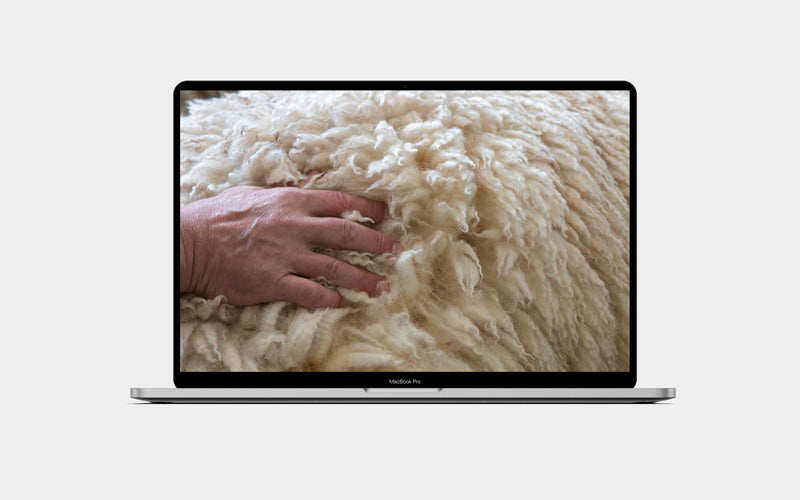The Sustainability of Wool 15.11.2021

A certain conference in Glasgow along with noticeable changes in our weather systems have pushed the topic of climate change to the top of the agenda. We know we all need to live more sustainably. We need to make better choices in what we buy and use. The disposable culture we have become so used to is simply not an option any more. We need to get back to buying fewer products which have much longer lifespans without sacrificing quality and comfort.
That’s where Woolow comes in. Wool is as old as time. It is one of the most sustainable products there are. The fleece on the sheep grows very year. It needs to be shorn to keep the sheep cooler in summer. That product, once cleaned is a valuable resource which until relatively recently was the very fabric of the clothes we wore, the bedding we slept in…
The invention of plastic filled fleecy fabrics did the industry a lot of damage but there is so much that you can do with wool. It can replace synthetics in so many settings including insulation.
At Woolow, we take cleaned, carded wool to make into pillows which are good for you and for the planet. They are not throwaway products. The lifetime of the pillow is 6 years after which time the wool and cotton casing can be recycled.
This is from the International Wool Textile Organization (IWTO). Pure organic carbon makes up 50% of the weight of wool. 1 kg of clean wool equates to 1.8 kilograms of CO2-e stored in a durable, usable form.
Wool is readily biodegradable, unlike most synthetic fibres , and wool is routinely recycled into other durable forms of textile (woollen-spun knitwear, insulation, geotextiles).
The carbon in wool is derived from carbon from the pasture – and thus sequestered from the current atmosphere. Wool is produced in pasture systems, where the diet is dominated by grasses and herbs. These plants convert CO2 from the atmosphere into organic compounds using light energy – as part of the photosynthesis process which underpins most life on earth. Thus, when you buy something made of wool you are purchasing carbon sequestered from the atmosphere 1 – 2 years earlier.
So many (good) reasons to choose wool.



